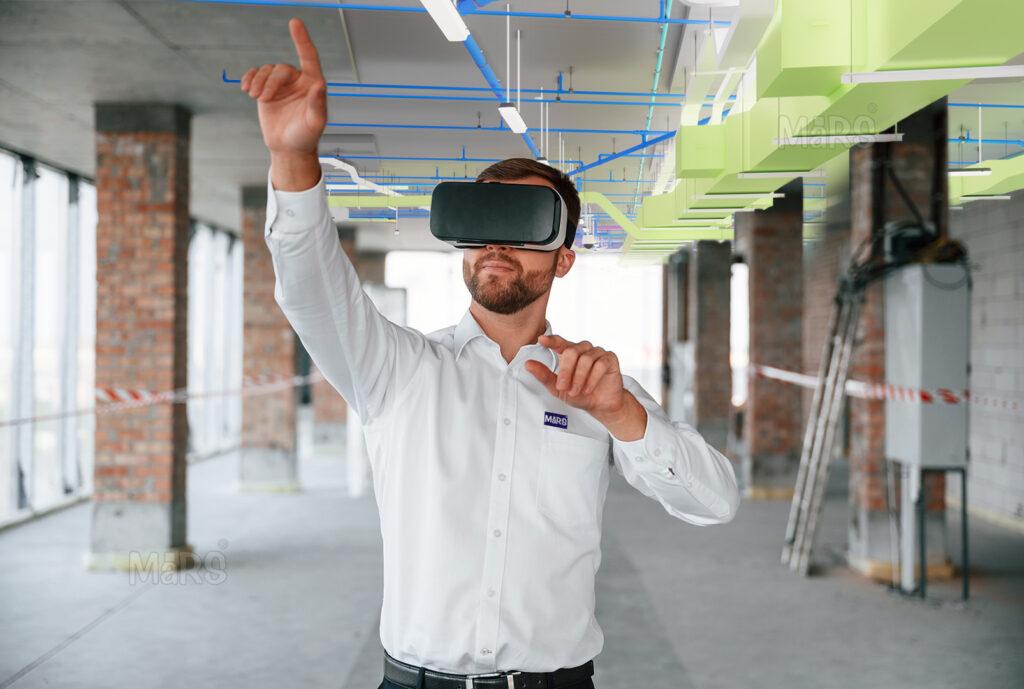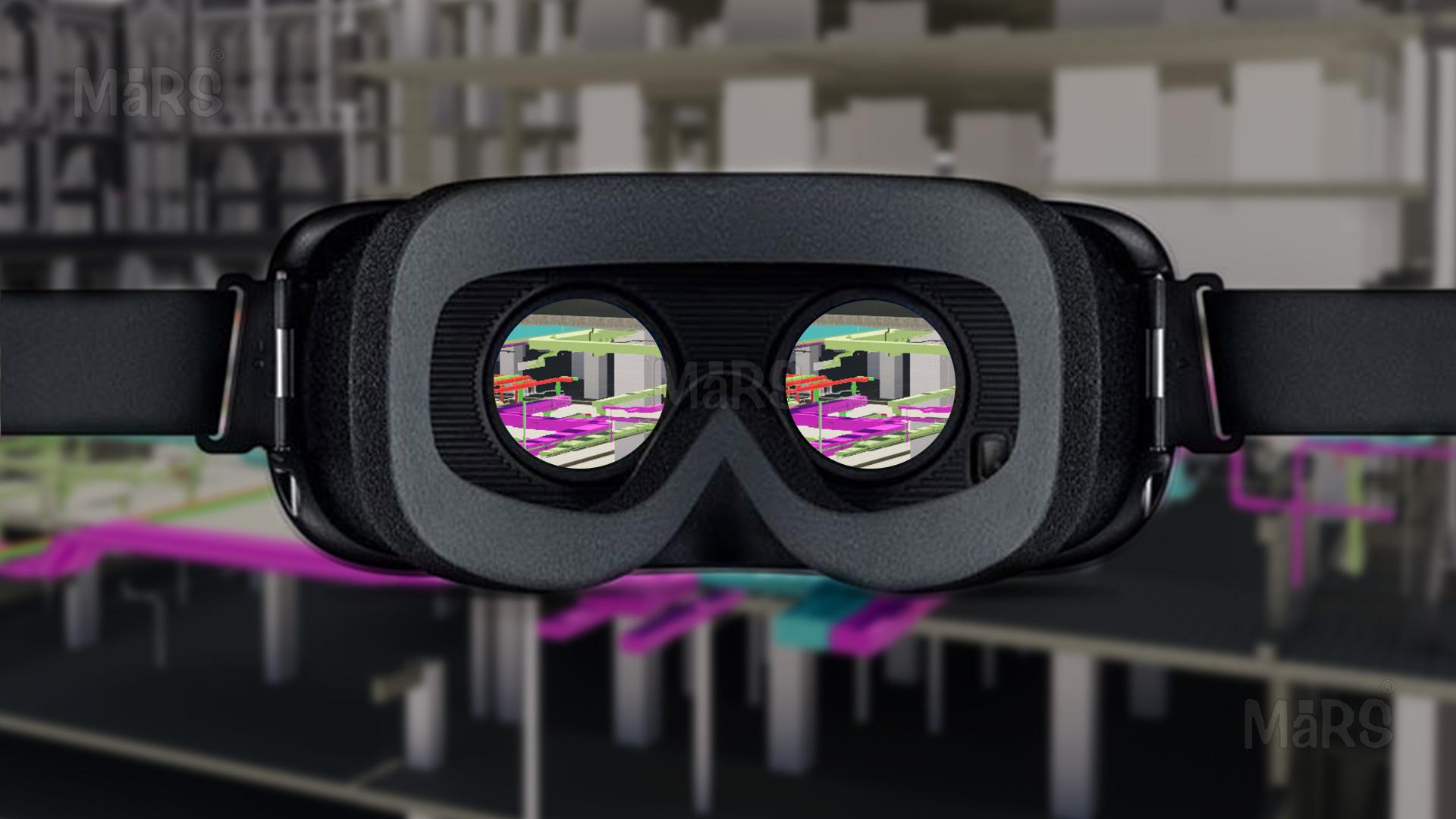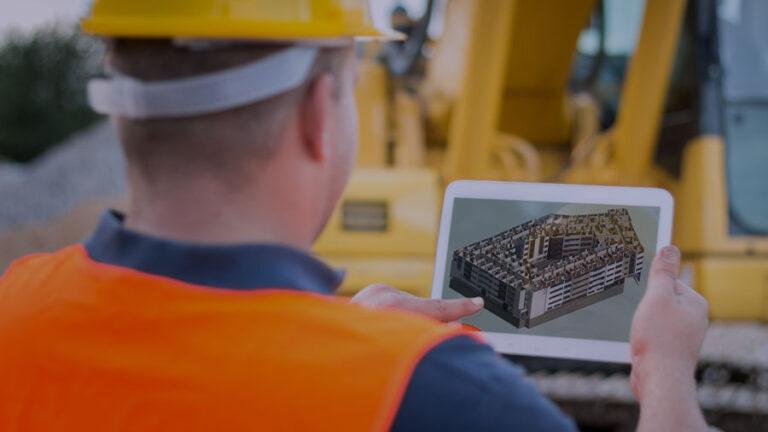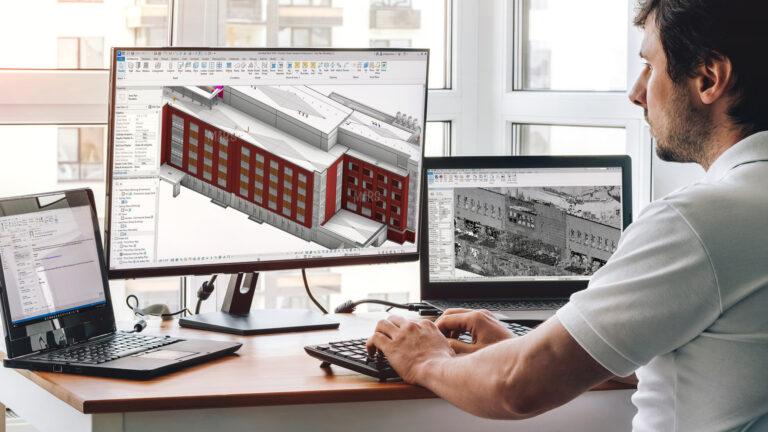The Construction Industry is currently undergoing a digital transformation with BIM at its core. With the use of BIM, a 3D parametric, object-oriented and data-rich digital model is created which is a virtual representation of the project. A more dynamic approach like BIM, which is a highly collaborative process, is being explored in place of traditional 2D static drawings, as a result of this transformation.
Using BIM as a single source of information for complicated, large-scale projects results in accurate and efficient project delivery.
BuildingSMART International

BIM managers, in collaboration with on-site personnel, can develop Production-Oriented Views (POVs) when BIM is utilized as the single source of information. Views, sections, object details, and color-coded components that the workers require to complete the building activity on site are depicted in the POVs, which are screenshots taken from the BIM. Building data can be extracted on-site using this integrated approach during the project’s planning, designing, building, and safety training phases. In the following sections, the integrated interface is explained in detail, with its components and tools and its impact on construction sites.
VR Interface and its Tools
External applications are developed to make data extraction and direct POV in virtual reality easier. It allows the VR presentation of large, complex BIMs in real time. It permits importing IFC files and offers effective occlusion elimination. The next subsections explain the VR user experience and numerous tools created for the application at the construction site office.

General VR Interface
To operate the VR Interface, two controllers are needed. The tools palette is accessed through one, while changing the navigation mode or choosing a particular tool is done with the other. The layer tool allows the user to construct section planes, inspect section geometry outlines, conceal specific objects, and view individual sub-models.
3D Labels
3D Labels help in the generation and control of POVs. Relevant information about the data object is displayed on this label within the 3D scene generated and measurements can be taken. The labels can be expanded, collapsed, or removed.
Measurements
The tool supports the measurement of two different types of distances: The perpendicular distance between two random points or the separation between two surfaces.
Information and Recommendation System
On selecting the object, the user can view the Properties associated with that object. For data simplification, the 3D label allows one to choose which properties to display on the chosen object.
Screenshots and Production-oriented Views
This interface allows the user to take screenshots of the view shown in VR with POVs or arbitrary views containing few details. These images can be moved to mobile devices. Capturing video snippets of VR activity is possible with some add-ons.
Benefits of using Virtual Reality BIM on construction sites

BIM when integrated with VR enhances the design and construction process by replicating the on-site conditions in a virtual environment before they are built. Listed below are the potential benefits of this integrated technology:
- Highly detailed dynamic construction data: Using modern VR hardware and a highly detailed model, on-site workers can get access to the different building systems and data objects in a 1:1 scale where they can navigate and interact with the model virtually. Relevant information such as object dimensions, 3D sections, object properties and views can all be extracted from the model.
- Improved constructability and collaboration: VR improves stakeholder and on-site staff collaboration and communication. Stakeholders can engage with the design project and experience it from many angles. This technology assists design teams in tracking tasks in real-time on the job site.
- Error identification before construction: In large-scale complex projects, 2D drawings cannot help to identify potential problems. The integration of BIM and VR allows the stakeholders to have a virtual tour of the proposed design with all the construction details, which can help identify errors and potential risks before the actual construction on-site begins.
- Improvements in cost and schedules: Using this approach, errors can be found early in the planning process, preventing rework and saving money and delays. Virtual reality technology makes it possible to plan schedules effectively before construction begins.
- Increased accessibility: Owners and clients may now access more information during both the pre and post-construction phases thanks to the unified technology. The project can be experienced and interacted with through the virtual tour of the BIM project.
Conclusion
When BIM and VR are integrated, many advantages exist for using BIM effectively in all project cycles. This construction methodology will guarantee the project’s precision, excellence, and productivity at all stages. The construction data simplification process for the on-site staff may also benefit from this method.






